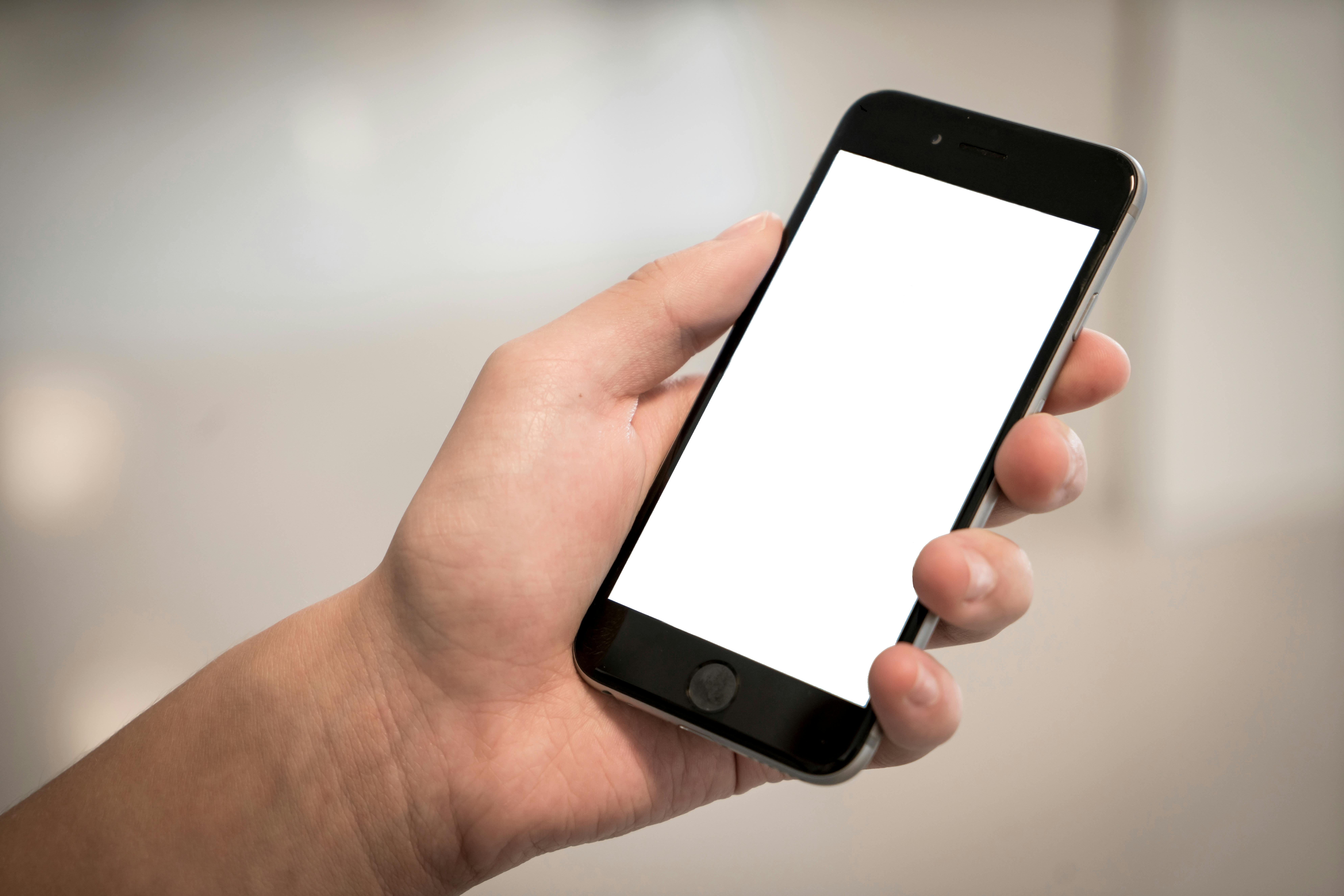
Not all computers are able to use AirDrop to transfer files between Mac and iPhone or iPad. In order to use AirDrop between iOS and macOS, you'll need a 2012 Mac model or later running OS X Yosemite or later. Unfortunately, PC computers running Windows are not able to use AirDrop to transfer files from their iPhone to PC. It’s important to know that in order to AirDrop photos or files from iPhone to Mac, you must have apps installed that support file sharing (such as Pages or Numbers, which can be downloaded free in the App Store). Launch iTunes on your computer. Connect your iPhone to your computer with its USB charging cable. Select your device from the Devices section of iTunes in the upper left corner. Click on the Apps tab and scroll down to the bottom of the page. Under the File Sharing section you should see a list of apps on your iPhone that support File Sharing.
Select the app that contains the file you want to transfer to your computer. Choose where you want the file to go, then click Save To again to save the file. Open iTunes on your computer. Connect your iPhone to your computer with its USB charging cable. Select your device from the Devices section of iTunes in the upper left corner. Click on the Apps tab and scroll down to the bottom of the page. Under the File Sharing section you should see a list of apps on your iPhone that support File Sharing. Select the app you want to transfer your computer file to on iPhone. For our example, I’m using Adobe Acrobat. Click the Add button. Choose the file you want to transfer from your computer to your iPhone. That’s all there is to it! AirDrop uses Wi-Fi to transfer files from your iPhone to computer and vice versa, which means first you need to be sure both your iPhone or iPad and Mac are connected to Wi-Fi.
Remember that AirDrop also requires a 2012 or later Mac model running OS X Yosemite or later to transfer files between your computer and iPhone or iPad. Open the app on your iPhone that has the file you want to share with your computer. Find the file and click the Share button (a box with an up arrow through it). You’ll see AirDrop at the top of the Share menu. Choose your computer’s name. If successful, it will say Sent below your computer's name. If your computer is not using the same iCloud account as the iPhone you are sending files from, you will need to click Save when the file arrives on your computer. Otherwise, the document will automatically save. Open Finder on your Mac; select Go at the very top and choose AirDrop. If you don’t see your iPhone image, unlock your phone and it should appear. Drag and drop the files you want to transfer into it. The easiest way to drag and drop your files is to right click Finder and open a new Finder window. Once dropped, the file will send. If your phone is not using the same iCloud account as the computer you are sending files from, you will need to tap Accept when the file arrives on your iPhone.



0 Comments